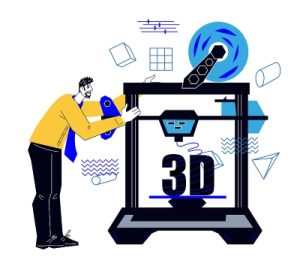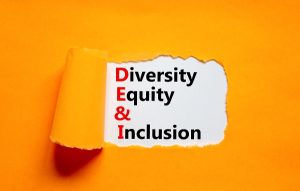
Improving customer service (or in the case of the government, citizen service) has been a focus of the Federal government for the past several administrations, most recently being named a key goal of the Biden-Harris President's Management Agenda (PMA). Despite this focus, citizen satisfaction with government service has remained low, but a 2022 report shows that the tide may be turning.
The American Customer Satisfaction Index's (ACSI) Federal Government Report 2022 showed that citizen satisfaction with Federal government services increased by 4.6 percent in 2022. Report authors attribute the increase to improved availability of digital services (spurred by the PMA and the Customer Service Executive Order) and major government initiatives including the distribution of free COVID-19 tests. Continue reading








